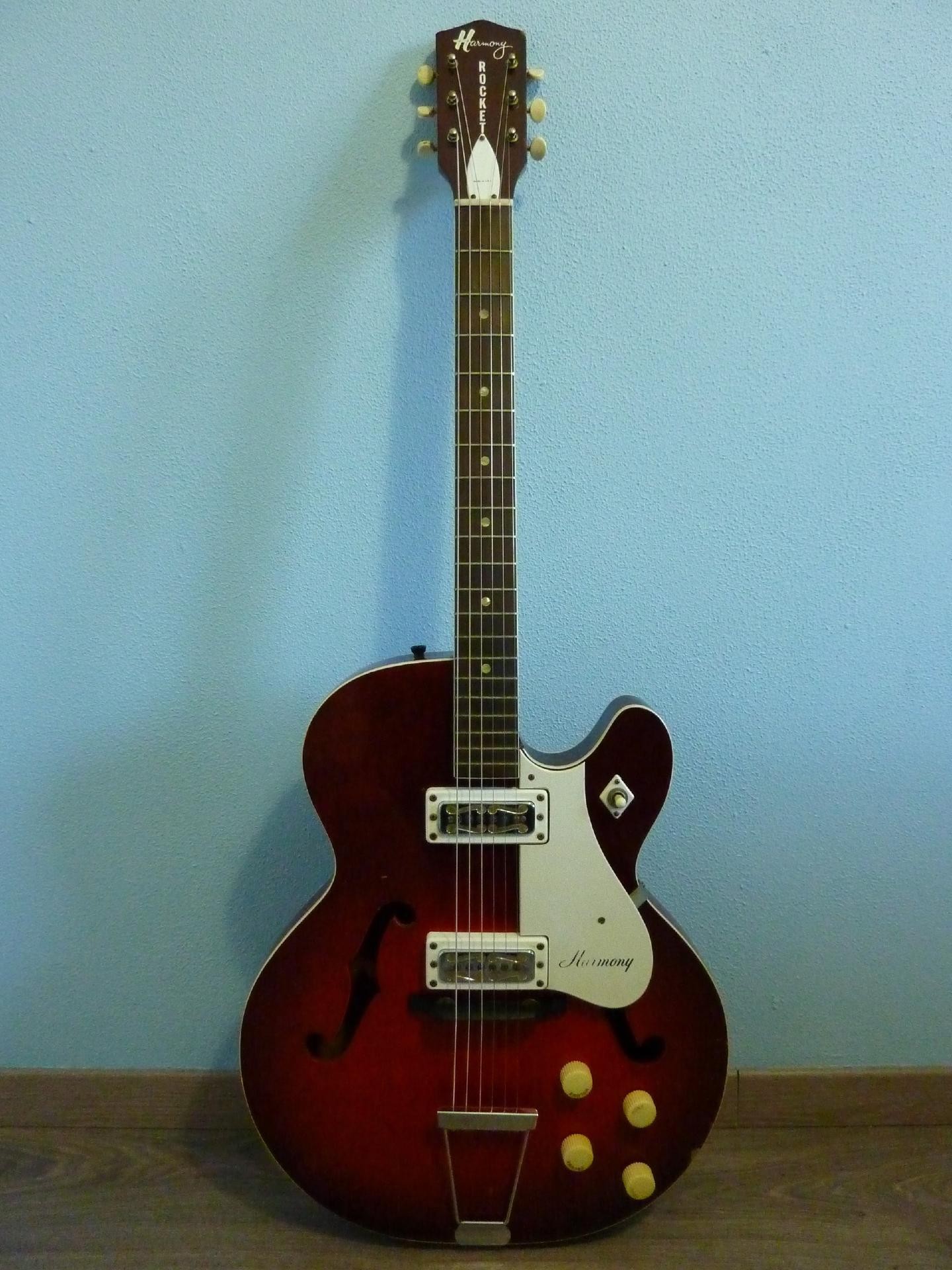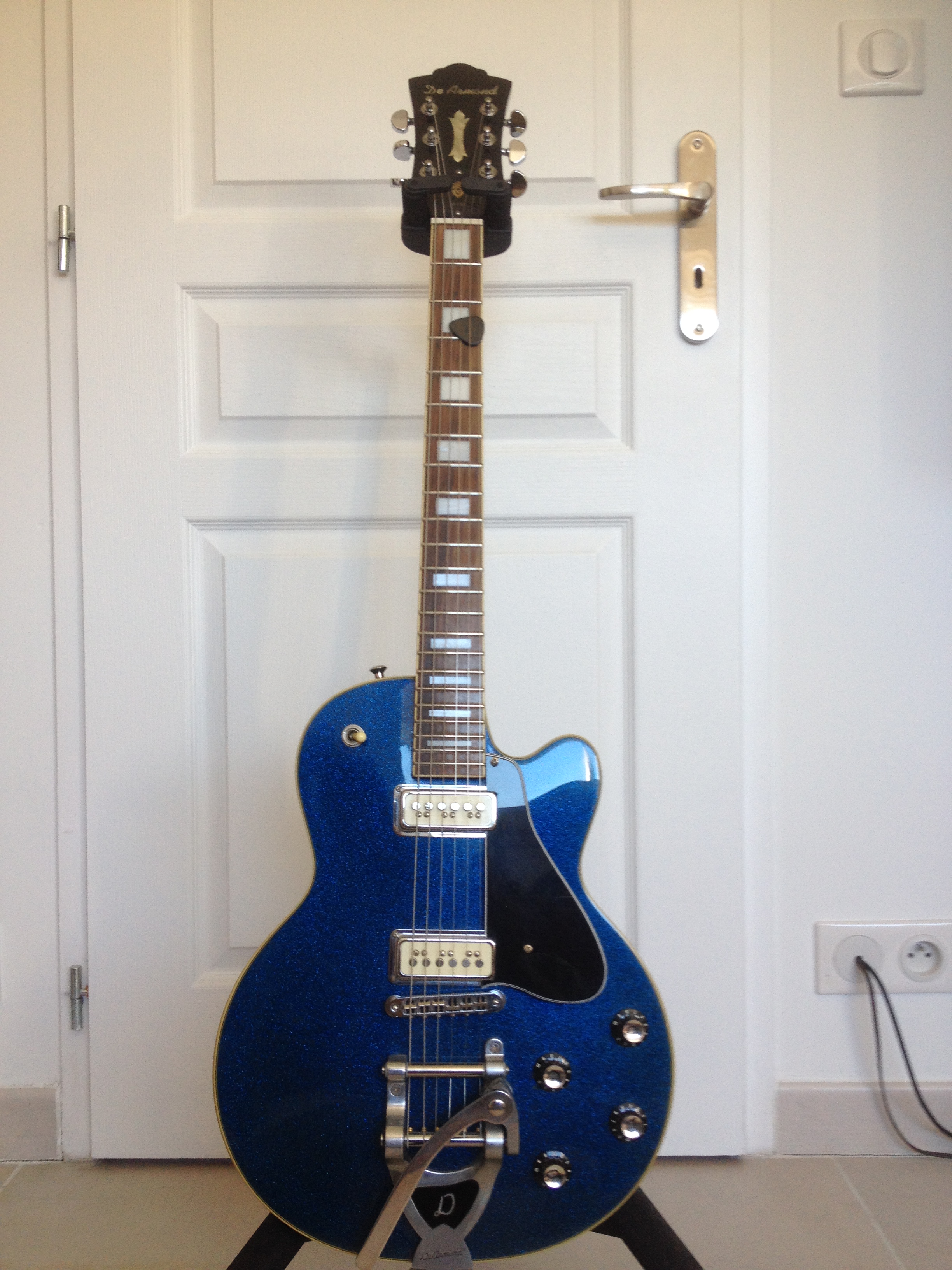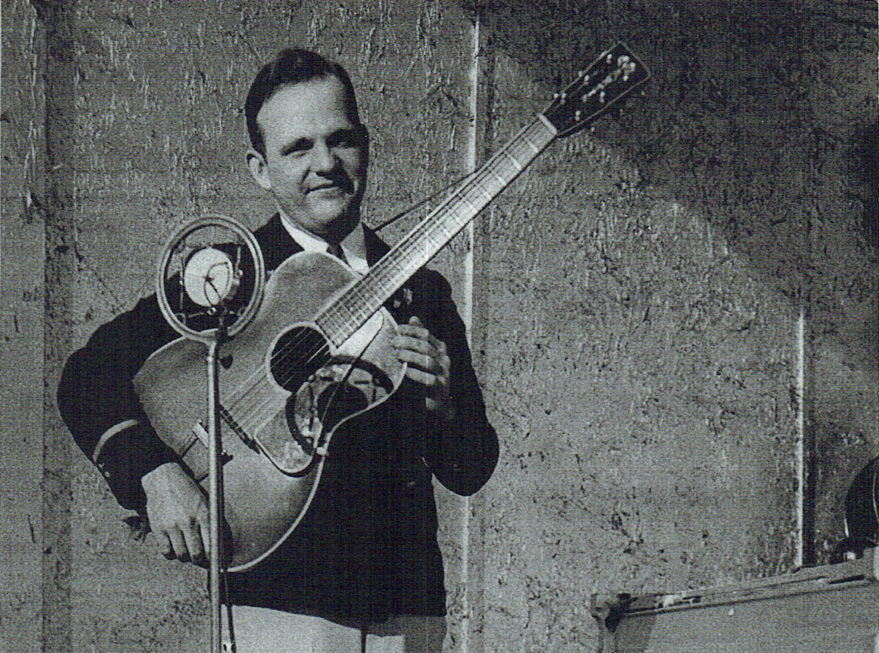

While it’s important to be aware of these variables and how they can affect sound, don’t worry too much about the finer details unless you plan on designing your own pickups. The overall design of a magnetic electric guitar pickup is very simple, but numerous variables such as the type and strength of the magnet(s), size of the coil(s), size of the wire, wire material, wire insulation, number of windings, winding pattern, pole piece design and so on affect a pickup’s performance, output and tonal characteristics. As the magnetic field fluctuates, the disturbances are transmitted through the wire coil as electrical current. When the string is plucked, the vibrations of the magnetically charged string disturb the flux field. His design incorporated two large horseshoe-shaped magnets that surrounded the strings near the bridge and a wire coil wrapped around a bobbin that surrounded individual magnetic pole pieces for each string.Ī standard electric guitar pickup creates a magnetic flux field, which in turn magnetizes a string made of ferromagnetic material like steel or nickel. Whereas previous electric guitar pickup designs focused on capturing the vibrations of a guitar’s top or body, Beauchamp’s design focused on the vibrating strings instead. The modern electric guitar pickup that we all know and love was initially conceived in the early Thirties by George Beauchamp for the first commercially successful electric guitar-the Ro-Pat-In/Rickenbacker A-25/A-22 “Frying Pan” lap steel.
Dearmond electric guitar identification install#
From the terms and technologies behind pickup design to the tools you need to install pickups yourself, the following information is essential knowledge that should put you on a faster track to tonal nirvana.įor this article we’ll be focusing exclusively on standard magnetic electric guitar pickups and not on other varieties such as piezo or other contact transducers, microphone-based pickups or optical technology. Of course, you don’t want to go through a dozen or so pickups before you find the right one, which is why we’re here to help you navigate through the vast and often confusing world of today’s replacement pickup market. The good thing is that if you have a particular, reasonable tone goal in mind, there’s a very strong likelihood that there’s a pickup out there that will deliver the goods. Then there are various specs that confuse neophytes and old farts alike and can be as difficult to decode as a Japanese book from a native English speaker’s perspective. Today there are hundreds of choices, which include low-cost “generic” models, numerous variations of vintage classics, super high-output versions, an ever-growing selection of artist signature models, accurate reproductions of obscure cult pickups, revolutionary modern designs and much more, offered by a growing variety of guitar companies, pickup specialists and small boutique makers. Back in the Seventies when replacement pickups first hit the market in significant numbers, the choices were basically split between vintage-style or high-output models made by a handful of pickup specialists. In 1954, Gibson released the first commercially successful flattop Acoustic-Electric Guitars, the J–160E and CF-100E.Probably the most difficult part of the pickup-swapping process is deciding which pickups to choose in the first place. They were widely adopted because they didn't require any modification of the guitar. The first commercially available electric pickup however were Harry DeArmond's FHC pickups, released in the 1930s.

The signal was then transferred from a wooden bridge to a metal plate which allowed for an electric output and thus amplification. Electronics were mounted in a removable drawer that slid out of the bass rim of the guitar. In the early 1930s, Loar split from Gibson and founded Vivitone, where he created an early electric pickup for the acoustic guitar.

The first person to create the modern electric pickup for the acoustic guitar was Lloyd Loar, with his company Vivi-tone. Hobbyists in the 1920s used carbon button microphones attached to the bridge, but these detected vibrations from the bridge on top of the instrument, so the resulting signal was weak. Various experiments at electrically amplifying the vibrations of a string instrument date back to the early part of the twentieth century patents from the 1910s show telephone transmitters adapted and placed inside violins and banjos to amplify the sound. However, in a big band, the guitar was outplayed by the horn section and drums, and the need for amplification became apparent quickly. In the 1920s, guitarists like Eddie Lang transitioned the acoustic guitar from a primarily solo instrument to use in big bands.

Acoustic-electric guitar with slotted headstock and an electric sound hole pickup.


 0 kommentar(er)
0 kommentar(er)
